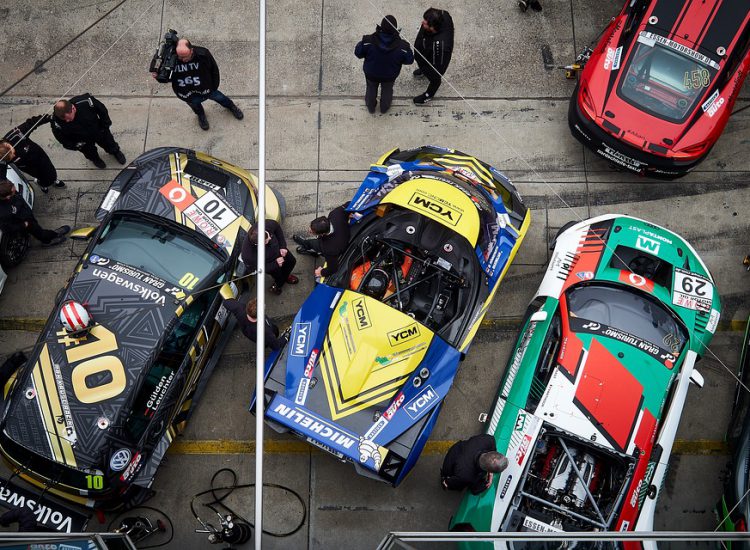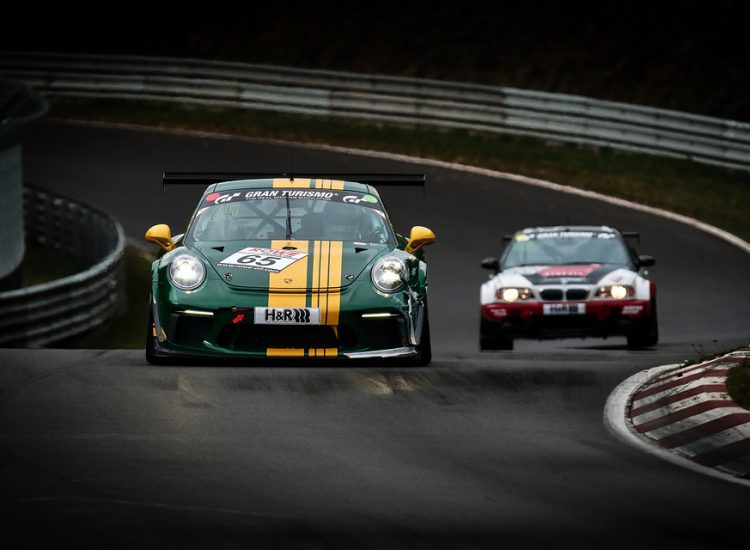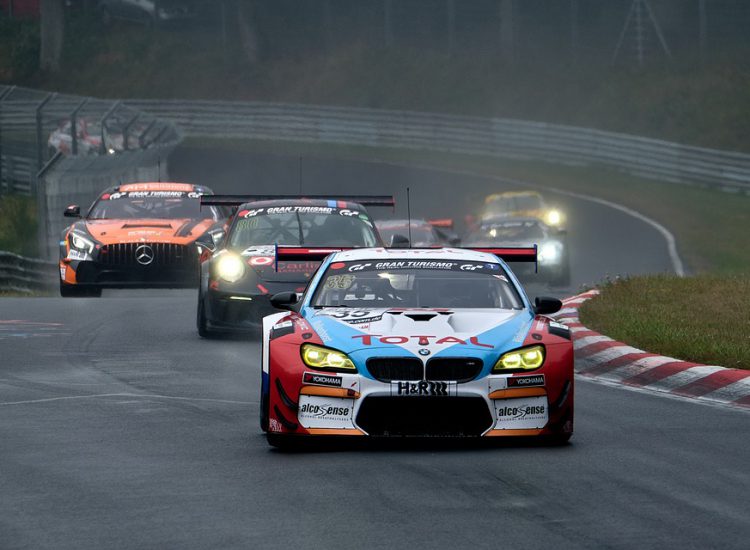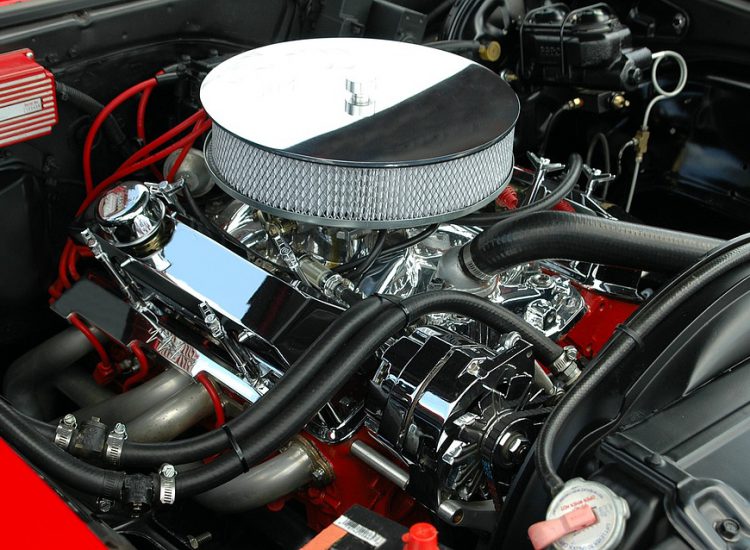A review of the TVR 400SE and 400SX Sports Car, covering the development, important features and technical data of this classic.
From classic to modern:
TVR 400SE
In 1988, the TVR 400SE was launched, and was very similar, in every way, except for the engine, to its predecessor, the 390SE.
However, an important aspect was that the 400SE marked the end of wedge-shape design, as the last of these cars were built in late 1991.
It was powered by a larger Rover V8 engine, this time increased from 3905 cc to 3948 cc.
It developed 275 horsepower at 5,500 rpm, and 270 ft-lbs of torque at 3,500 rpm, producing a top speed of 145 mph, a 0-60 mph time of 5.6 seconds, and 0-100 mph in 14.8 seconds.
The body design was consistent with the 390SE Series 2, retaining the rounded nose section, large airofoil in the rear underbody,
The hood was now ventilated, and a large spoiler was fitted at the rear.
However, the presence of a large transmission tunnel limits the space in the pedestrian area.
Moreover, the presence of a bulky engine in a fiberglass body kept the interior of the cabin excessively hot.
However, this was more than compensated for by the sparkling acceleration and the sound of the exhaust.
For the time being, ventilated front disc brakes and 15-inch wheels were standard equipment, while power steering was, at first, an optional extra, later a normal setup.
400SX TV
In 1989, the TVR 400SX variant was introduced as the successor to the 350SX.
It featured the same engine as the 400SE, but with the addition of a Sprintex Supercharger, from DPR Racing.
Although exact output numbers are not available, they are likely comparable to the 350SX, which produced a 30%+ increase over that produced by the 350SE.
It has been observed that the supercharged variant produces an excellent mid-range power boost.
It is likely, as was the case with the 350SX, that only a few of this variant were ever built.
TVR 430SE
In 1991, the TVR 430SE was unveiled at that year’s Birmingham Motor Show.
It was powered by the 4280 cc Rover V8 engine which would also be used in the TVR Griffith, a model due for release in 1992.
It developed 280 horsepower at 5,500 rpm, and 305 ft-lbs of torque at 4,000 rpm. Unfortunately, no other performance figures were available.
Only 3 units of the 430SE were built, all in 1991.
Each of these variants relied on a fiberglass body mounted on a space frame chassis, in the form of a two-seater convertible, and using a five-speed gearbox, with four-wheel independent suspension.
This marks the end of my review of the TVR 400SE and 400SX sports cars.
I will review, in some detail, in future articles within this site, the full range of TVR sports cars that appeared in the memorable era spanning from 1946 to 2000+.
I hope you’ll join me on my nostalgic travels “down sports car memory lane”.















